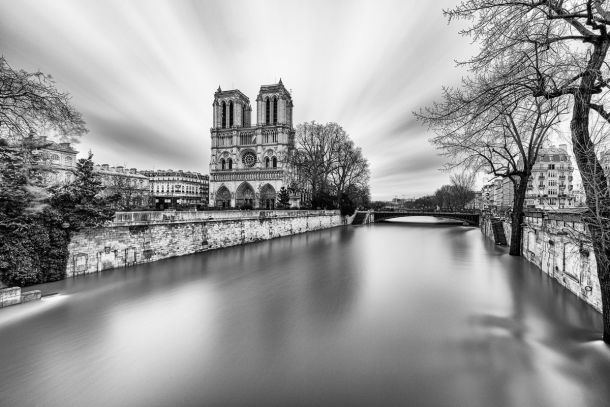Fine Art Photography That Lasts a Lifetime (or More)? Yes, If Produced with Care

Glitches: Three times four trees – Photo: © Sebastien Desnoulez
Buying a fine art photograph isn’t a gamble. Thanks to certified premium papers (such as Hahnemühle) and tested pigment inks, a print can last for decades. This article explains quality standards, ideal display conditions, and why our gallery only prints on demand, to ensure both durability and exclusivity.
Some art enthusiasts hesitate to purchase photography, fearing it won’t stand the test of time like oil paintings or sculptures. This concern is understandable… but unfounded when the print follows professional fine art standards.
Today’s highest-grade Fine Art papers, combined with high-quality pigment inks and appropriate conservation practices, allow a photographic print to remain intact for over 100 years without noticeable degradation.
At Une image pour rêver, we’ve made that our promise: every artwork is printed on demand, following best archival practices.
Papers Made to Last, Not to Consume
Unlike standard inkjet prints, fine art prints are produced on premium papers from renowned manufacturers like Hahnemühle. These papers are acid-free, free from optical brighteners, alkaline-buffered, and often made of 100% cotton, ensuring outstanding longevity.
Hahnemühle FineArt ranges (such as Photo Rag or Baryta) are certified to resist aging for more than a century under normal display conditions. These are the same papers found in museums, archives, and cultural institutions.
Pigment Inks for Long-Lasting Color
Besides the paper, ink quality is key. Unlike dye-based inks, pigment inks used in fine art printing contain solid microparticles that are far more stable when exposed to light, humidity, or ozone.
Under normal conditions (away from direct sunlight and protected by UV-filtering glass), these inks maintain vibrancy, depth, and nuance for decades. They’re laboratory-tested using rigorous protocols and often certified for archival longevity beyond 100 years.
Framing, Light, and Conservation: The Durability Trio
Even a perfectly printed piece can deteriorate if poorly displayed. That’s why we recommend:
- Museum glass or anti-UV acrylic framing to block up to 99% of ultraviolet rays.
- Hanging away from direct sunlight, radiators, or damp rooms.
- Natural airflow around the frame, avoid sealed, confined walls.
All of our artworks can be custom-framed by local artisans committed to sustainability and using certified conservation materials.
A Gallery Without Stock Or Waste
Our model is built on a key principle: every print is made to order. This means:
- No dormant stock.
- No wasted paper, ink, or framing materials.
- A minimized carbon footprint.
- A numbered certificate of authenticity, guaranteeing that each copy is unique (limited to 12 editions per image).
This artisanal, small-batch approach stands against mass production, and respects the environment, the artists, and the collectors.
So, Is Photography a Durable Art Form?
Absolutely.
A well-produced fine art photograph, printed on archival paper with pigment inks and properly framed, is just as durable as a painting or etching. It’s also easier to trace, thanks to certificates of authenticity and a made-to-order process.
This isn’t disposable decor. It’s a piece to live with, pass on, and appreciate over time.
Key Takeaways
- Hahnemühle FineArt papers: over 100 years of durability.
- UV- and oxidation-resistant pigment inks.
- Sustainable framing with museum-grade glass.
- Made-to-order prints, limited to 12 copies.
- No waste, no surplus, no compromise.



